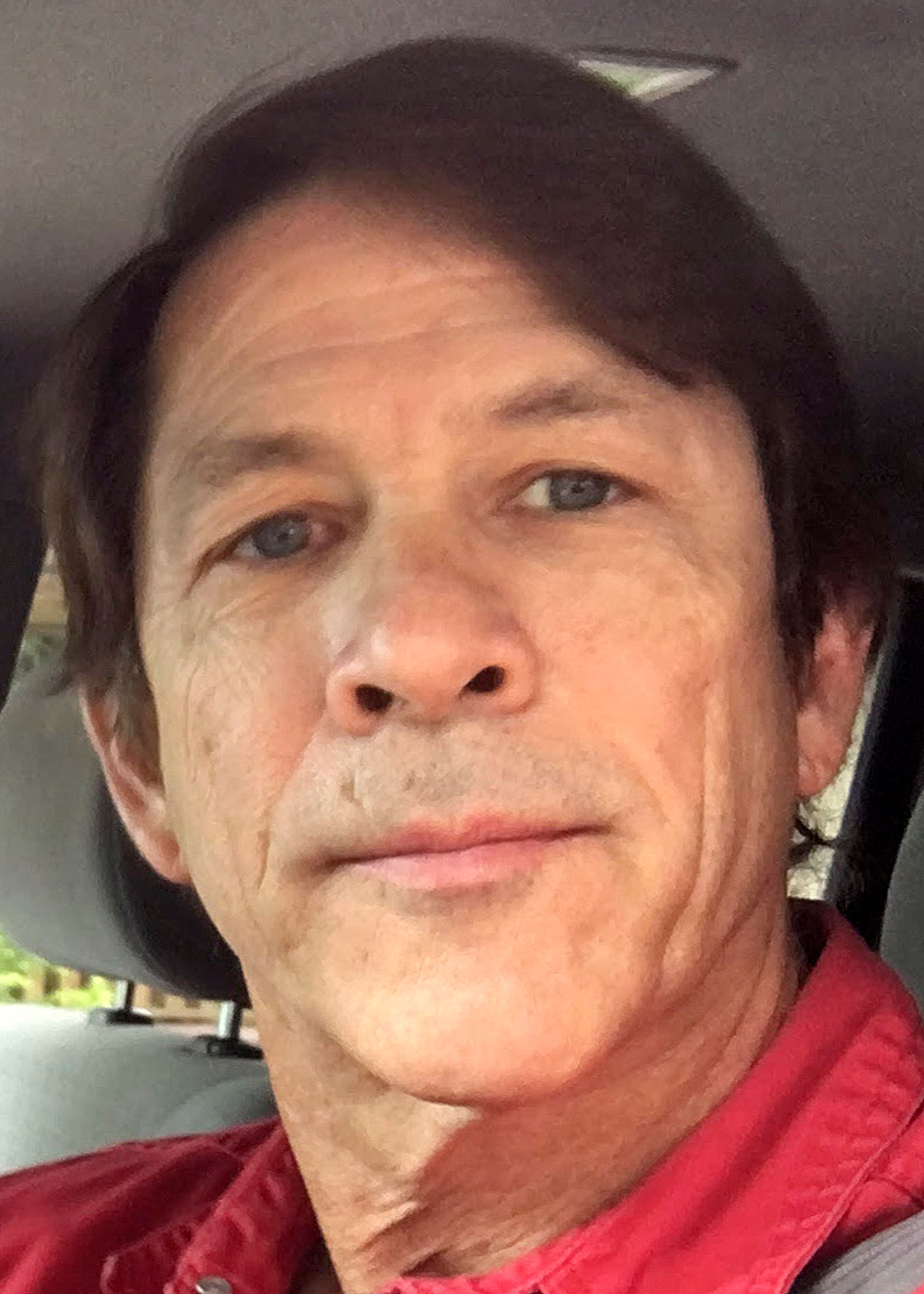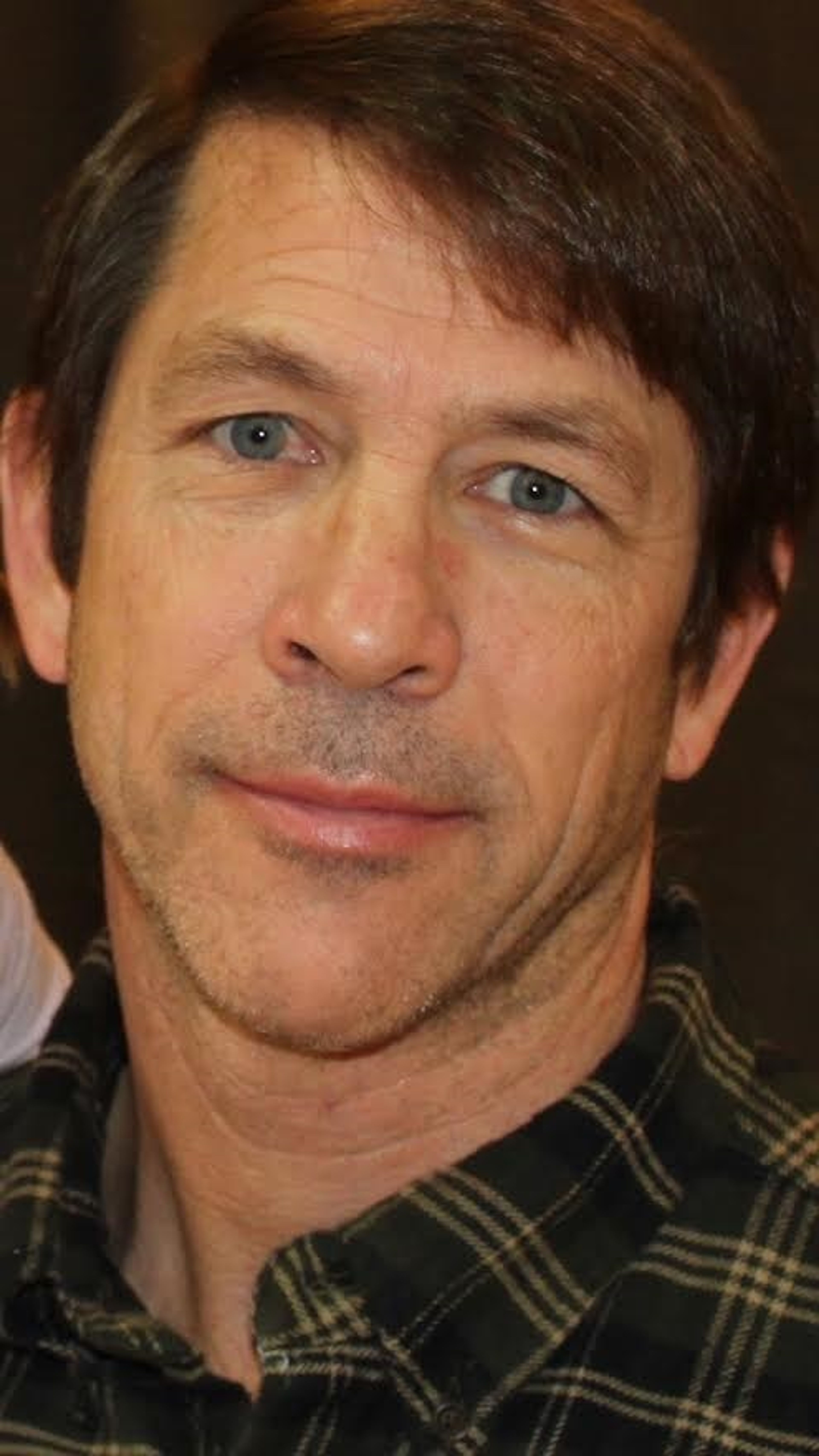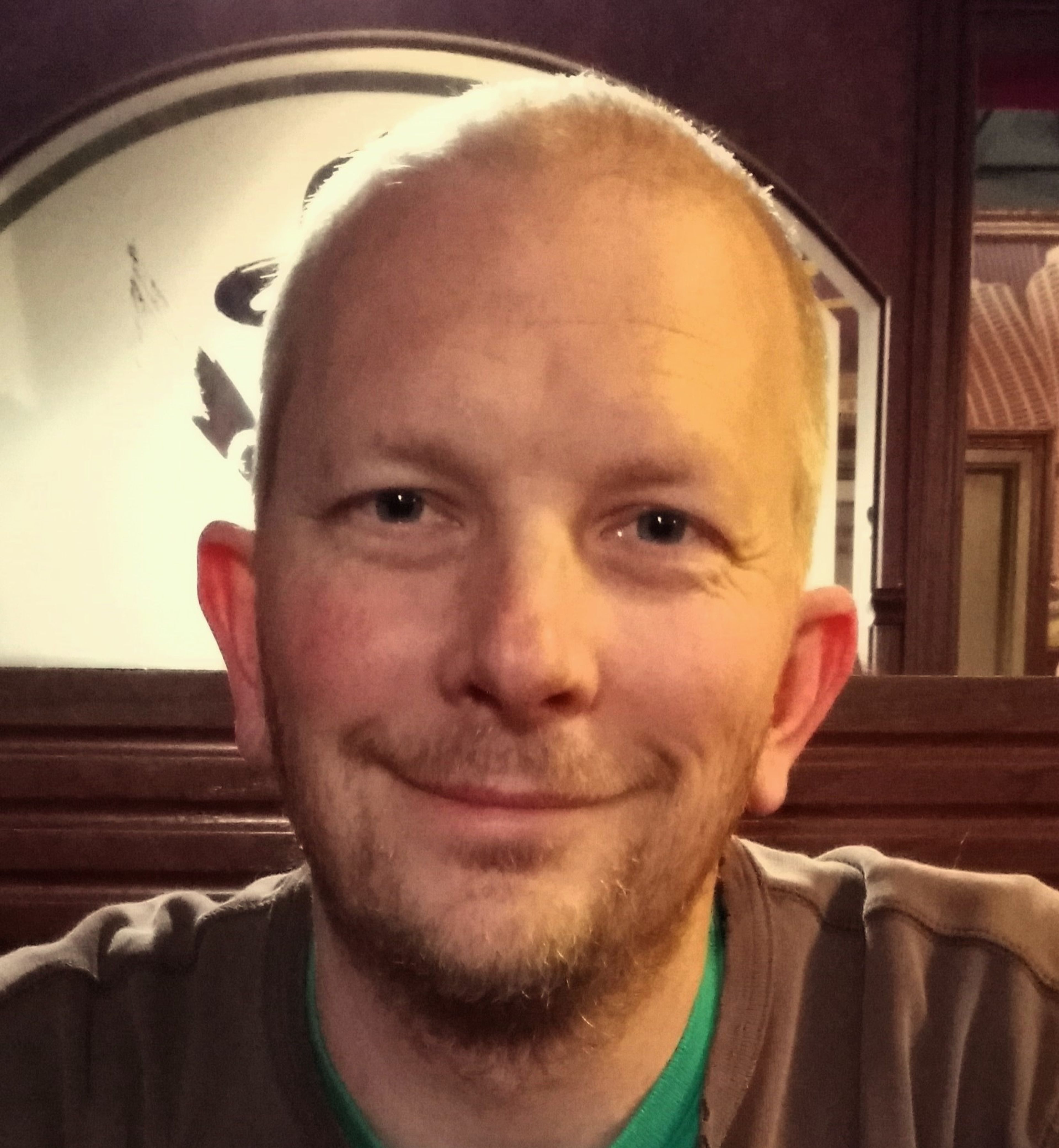His View: Seeing the light during dark days on the Palouse
A horrifying mass murder. A community paralyzed with fear. A suspect in custody. A trial looming.
Tens of millions of people around the world know that four college students were murdered in Moscow. Millions more know a little bit about the man accused of killing them. The suspect hasn’t had his day in court, so no one — yet — is in a position to declare his guilt or innocence.
There’s a lot that’s still unclear. Rather than speculating about what lies ahead, it’s worth looking back at some of the things now coming into focus.
The Moscow Police Department got it right, even though a lot of people were frustrated with the police chief’s tight-lipped release of information. A brutal murderer was on the loose, for weeks on end, but the chief wasn’t saying much. When he did release a statement, it was heavily parsed. What did he mean by a “targeted” attack? What did he know? And why wouldn’t he clarify himself?
Deeper still, was the Moscow Police Department in over its head? Given these misgivings, it’s not surprising that a critical public turned its ire toward the police.
Keeping the public informed is — or should be — a high priority for law enforcement, but apprehending violent criminals and collecting evidence to convict them in court are even higher priorities. Law enforcement officers were on the receiving end of some blistering criticism, but they bit their tongues, took the heat and ultimately got their man.
If a crime is heinous enough to command broad public attention, the perpetrator probably will be caught. This is an unusually high-profile case, which means investigators had a lot of public resources at their disposal. In addition to the Moscow police, the Idaho State Police and dozens of FBI agents also were involved. The lesson here is no matter how careful criminals are, it’s hard for them to evade DNA analysis, cell phone tracking and ubiquitous surveillance cameras.
In the case at hand, the murderer was surprisingly sloppy and all three of these technologies pointed unerringly to a single suspect. Again, not every murder investigation will command all the resources brought to bear in Moscow, but high-profile crimes will be investigated with high-powered technology.
D.B. Cooper was never seen again after he leaped from a highjacked plane with a sack of ransom money in 1971; in today’s world, he’d never get away with it.
Social media is great for keeping friends and family in the loop, but those may not be the only people paying attention. This is a touchy topic — and it may not apply in this case — but it’s worth thinking twice about revealing personal information before hitting the “post” button.
Do you really know all of your electronic “friends?” Have you dropped your guard in an effort to reach 1,000 followers? 10,000 followers? 1 million followers? From the perspective of a stalker, videos about your daily habits and activities are like manna from heaven.
Social media are powerful — and still dimly understood — influences in contemporary society. Anything that is powerful and dimly understood should be handled with care, so err on the side of caution when deciding what to post on social media.
Yes, it can happen here. Most of the time, the Palouse is a pretty harmless place — provided you steer clear of drunken college boys at night. Yet in 2007, a gunman went ballistic in Moscow, killing three — his wife, a police officer and a church employee — and wounding two others before turning the gun on himself. Almost exactly eight years ago, another gunman went berserk in Moscow, killing three people and wounding one more.
With 8 billion people on earth, it’s fair to say there are some twisted people out there, and some of them are here on the sleepy ol’ Palouse. Easy access to weapons, increasingly violent rhetoric, and dwindling human empathy have become eels in the punchbowl of civil society.
These are troubling days and times, but don’t live your life in fear. Be cautious without being a captive. Lift your eyes to the beauty around you. Strive to be happy.
Brock has been a Daily News columnist more than 20 years. He has lived on the Palouse even longer.








